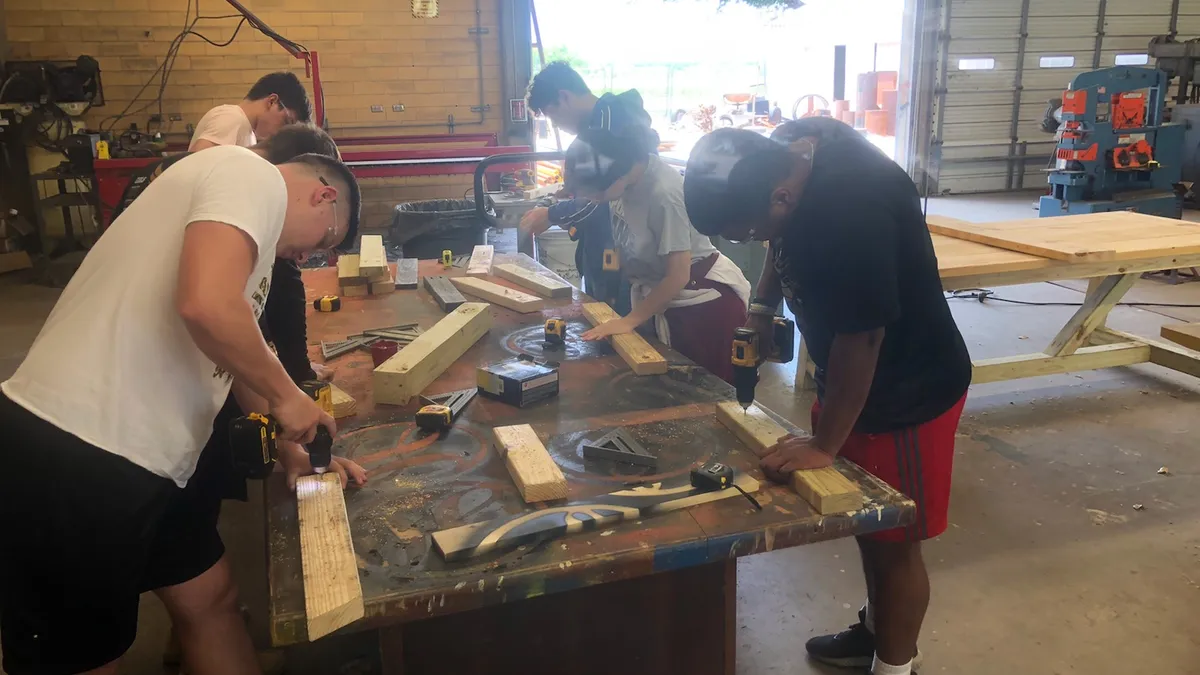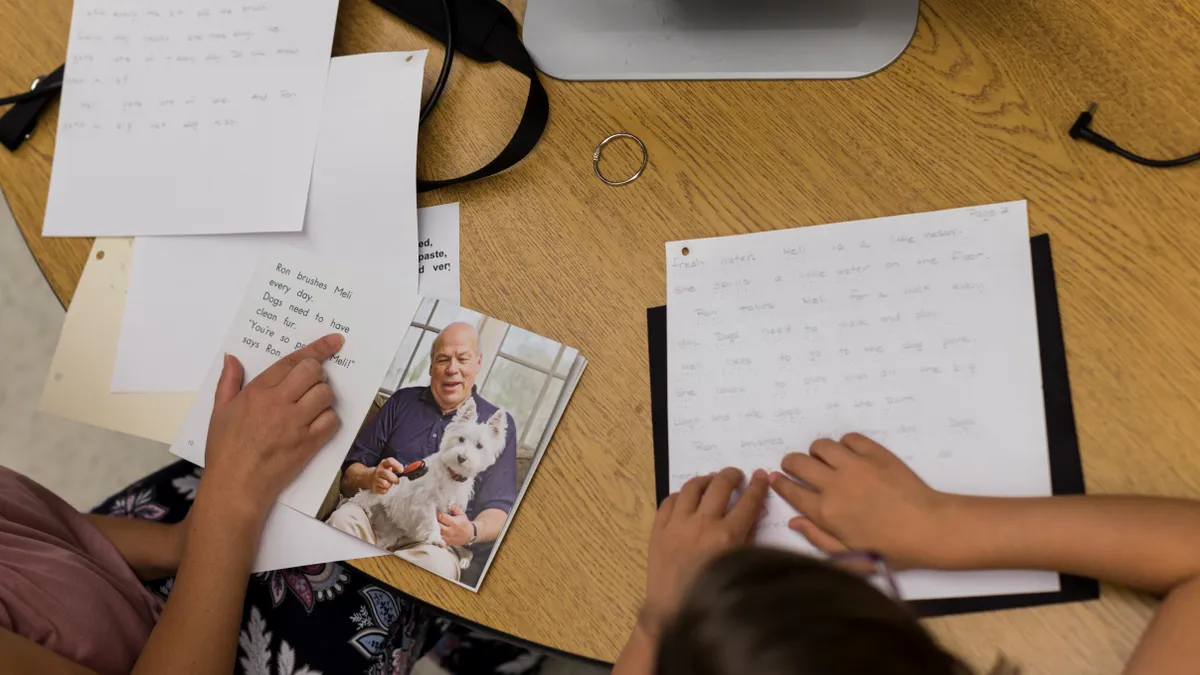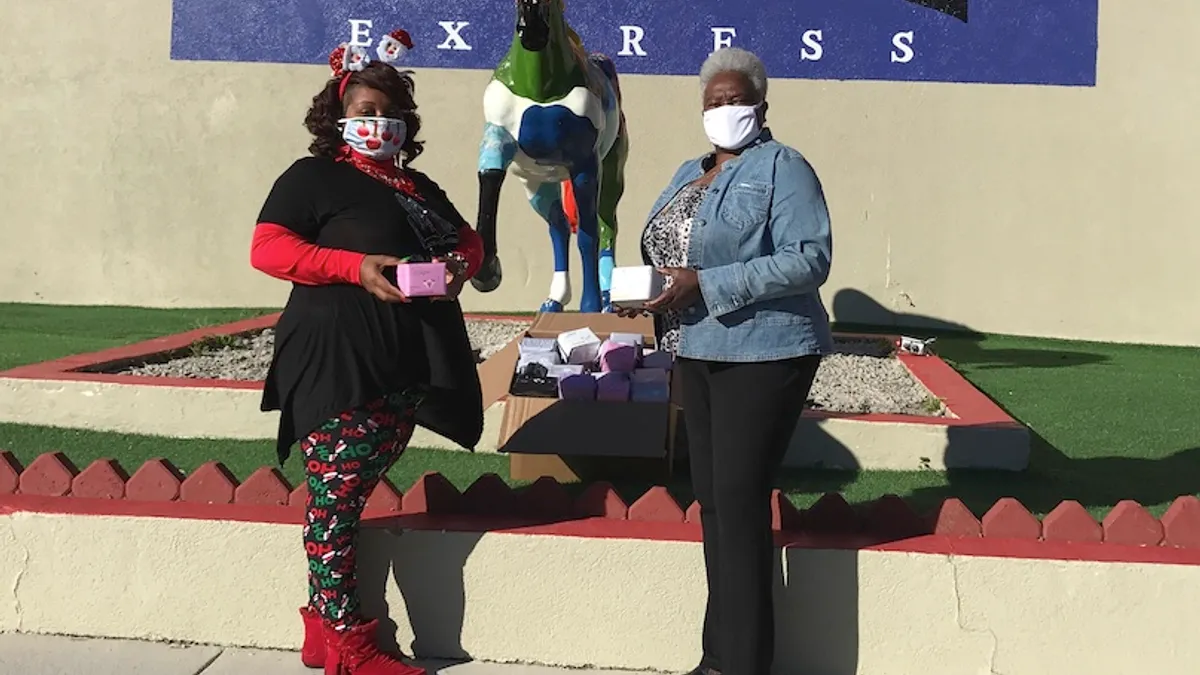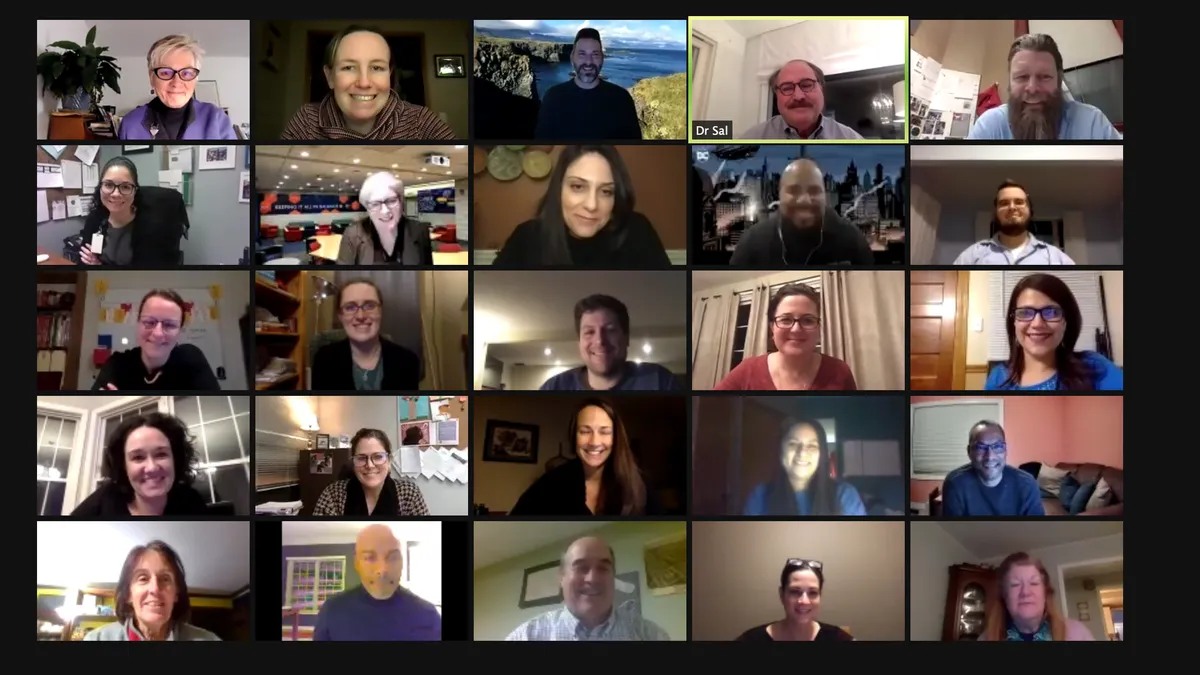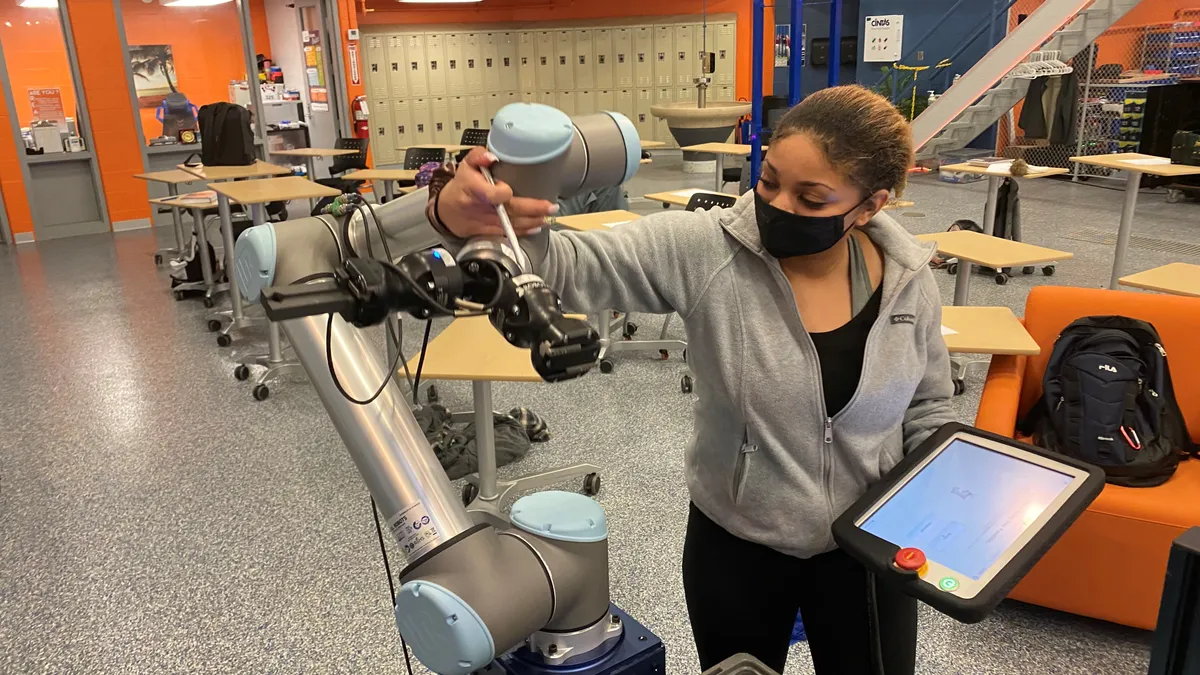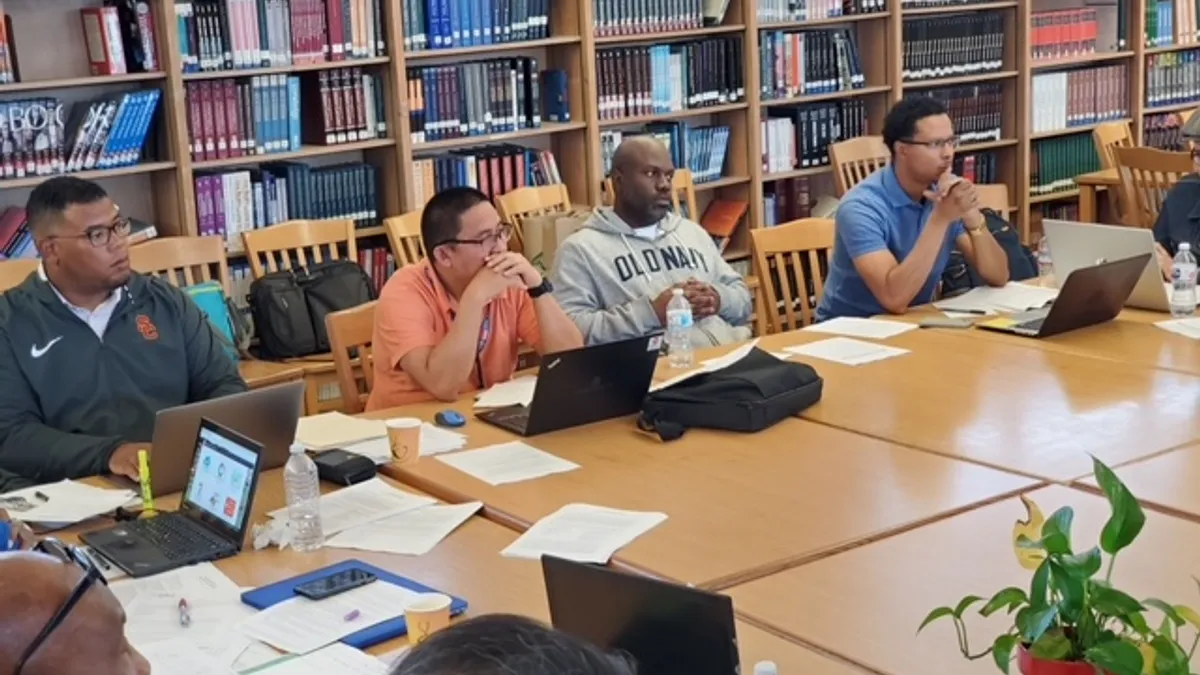The challenge: Steve VanMatre had spent much of his education career in urban and suburban school districts, so when he became superintendent of the small and rural Premont Independent School District in South Texas in 2017, he was instantly frustrated at the disparities in academic opportunities between his district and larger ones.
At the district's lone high school, which now has a student population of 176, there were no options for career certification courses, and only four students were taking dual enrollment courses — and those were only offered online. VanMatre wanted more variety in course offerings so his students would be better prepared for postsecondary success.
"I think and I believe very strongly that rural students deserve the same opportunities and choices that urban and suburban students have," VanMatre said.
Three neighboring rural school districts also with small student populations were interested in expanding course offerings to their high schoolers as well. Done independently, however, it would have been too costly for each district, because too few students would be enrolled in each class.
The approach: When the Premont district received a $1.5 million redesign grant in 2017 from the Texas Education Agency, VanMatre proposed using some of those funds to send interested Premont students to the Freer Independent School District's Next Generation Medical Academy. That program has a facility modeled after an emergency room and offers instruction, training and certification in electrocardiography, assistant nursing, patient care and more.
A year later, Premont, Freer and a third school district, Brooks County Independent School District, signed an agreement allowing students from each district to travel to the other districts' specialized academy programs. They named the initiative the Rural Schools Innovation Zone. (A fourth district that was initially interested decided not to participate.)
The Premont district opened a STEM Academy focused on computer information technology and engineering. Premont also hosts a Grow Your Own Educator program teaching students about the education profession.
Brooks County ISD launched the Ignite Technical Academy to prepare students for careers in welding, construction and electrical fields. Brooks also has a Naval Junior Reserve Officer Training Corp program to build leadership skills, which can be applied to a military career or any career pathway.
High school students in all three districts have the option of enrolling in academy courses at their home district or the two other districts. Students who enroll in academy courses outside of their home district travel by bus several days a week to take classes in those locations. The districts are also sending students on buses for dual enrollment classes at nearby universities.
"All day, every day, kids are going everywhere," VanMatre said.
While grants sustained the student exchanges in the program’s first two years, this year funds are solely based on per-student participation and calculated using the Texas Education Agency's weighted funding formula for career and technical education instruction.
With this year's participation levels and course offerings, the revenue generated through the student funding formula is just over $1 million from more than 650 student instruction hours, said Mike Gonzalez, executive director of the RSIZ.
What worked: Student enrollment in the academy programs has grown in the two-and-a-half years the RSIZ has been operating. In the 2020-21 school year, 447 students from the three districts attended academy programs. This school year, enrollment is up to 477 students, according to the RSIZ 2020-21 annual report and VanMatre.
Excitement about the academy program has also driven overall enrollment growth in the Premont school district, VanMatre said. In 2018, there were 483 students in the two-school district. This year there are 743 students, he said.
The academy programs are attractive because students can receive college credit through dual enrollment and certifications for specific industries free of cost. Equipment and transportation expenses are also financed by the districts.
RSIZ administrators are tracking achievement data of zone students, and while the pandemic has set back some end-of-course achievement in Algebra I, compared to 2019 data, zone students have increased achievement in English and U.S. History, according to the annual report.
The average attendance rate for students participating in the zone academy programs is 97%, Gonzalez said.
The collaboration has also opened up summer opportunities for paid internships for students focused on construction, engineering, health sciences and teaching. Students in the Grow Your Own Program, for example, helped tutor younger students last summer while receiving training in the education sector and earning $10 an hour for their work, Gonzalez said.
What has been the best part of the districts' partnership is seeing the students' excitement about these expanded opportunities, said Gonzalez and VanMatre. The program has also created benefits for the schools' communities through partnerships with nonprofit and corporate organizations, say administrators.
VanMatre visited a health clinic recently where a student who had graduated from the Freer District's medical academy was drawing blood from a patient. "How cool is that?" he said.
Gonzalez added, "The zone, the RSIZ, offers rich, robust programs, opportunities for students of rural communities that, as of three years ago, were really only available to the suburban, urban areas in the state of Texas."
The obstacles: One of the big hurdles to the collaboration is determining the financial contributions each district makes. RSIZ leaders decided each district’s costs would be based on how many of each district's students attend the academies. The Premont district, for example, is paying $208,000 for 190 students to take zone classes this year, VanMatre said.
Another big obstacle is aligning the districts' different master schedules so class times align. That has been a major struggle as one district operates on a nine-period, 50-minute class rotation, while another has a block schedule with longer time for each class.
"I think and I believe very strongly that rural students deserve the same opportunities and choices that urban and suburban students have."

Steve VanMatre
Superintendent of Premont Independent School District in Texas
Negotiating compromises is not always easy as the districts work to be part of the collaborative but still want to retain their own identities and decision-making authority.
Linda Villarreal, a RSIZ board member, said letting go of some autonomy has been a work in progress for the districts, especially in a state where the word "independent" is in every district's name. But the collaboration and compromise have been essential to the creation and growth of the program.
The district leaders said, "'Look, we can't do all the different pathways by ourselves, but together we can," Villareal said.
She said the zone "really came about through a need, but it also came about through strong leadership."
Managing the different district leaders' expectations, however, requires patience. "One of my leaders does not have a brake pedal," Gonzalez said. "One of my superintendents is on cruise control … and one of my superintendents pumps the brakes a lot."
But they all have the kids' best interests at heart, he said.
What's next? VanMatre would like the RSIZ to strengthen collaborative professional development programs and expand capacity in other academic content areas, such as math, science and reading. He'd also like to see collaborative activities for lower grades.
"I want to develop our capacity," he said. "If you have a chemistry or physics or engineering teacher get sick or have to leave, then you generally don't have a replacement."
RSIZ is also aiming to recruit and retain zone teachers through the Texas Teacher Incentive Allotment, a program to incentivize teachers who work in hard-to-staff schools. Currently, there are 14 teachers teaching in the academy programs, Gonzalez said.
RSIZ administrators are sharing their experience about the zone program through presentations across the country.
Missouri state Rep. Rusty Black recently listened to one because he is interested in rural school systems in the north central part of his state collaborating to offer more academic and career-related activities.
One local school has 60 K-12 students. "If you have a school that size, there's limited things that the school can provide," he said.


